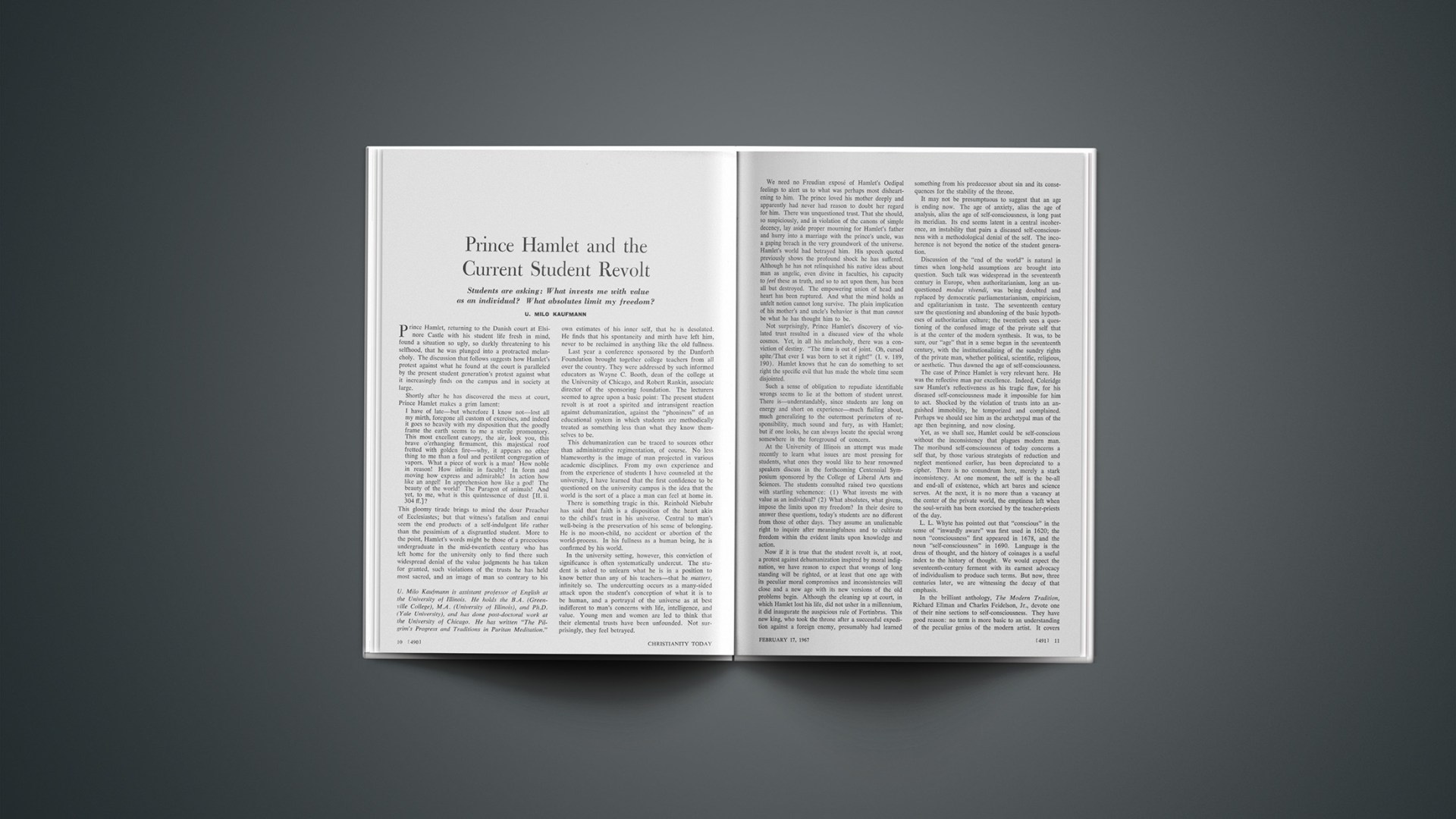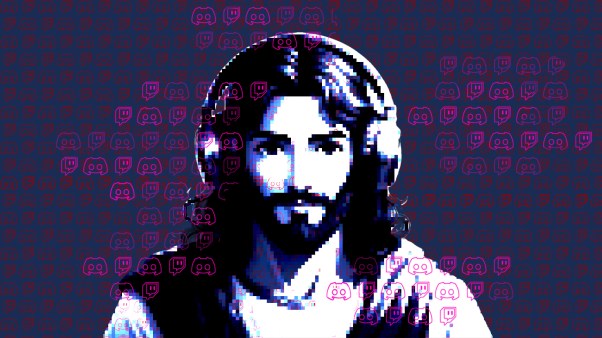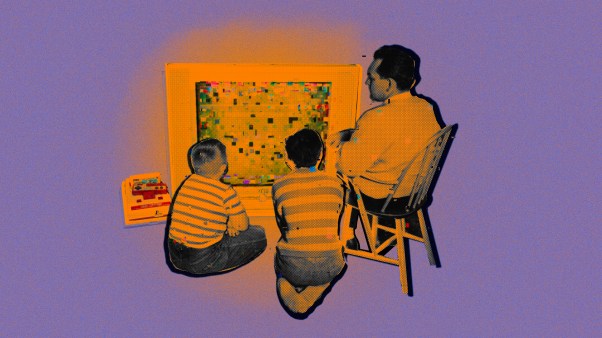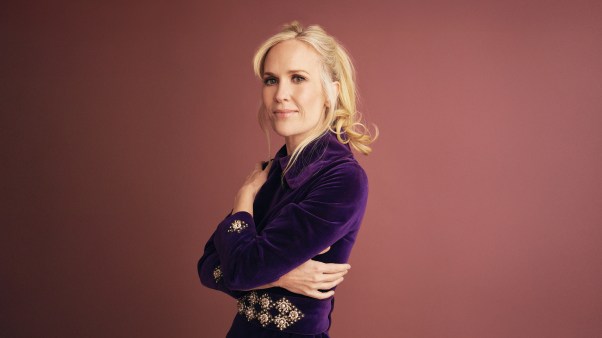Students are asking: What invests me with value as an individual? What absolutes limit my freedom?
Prince Hamlet, returning to the Danish court at Elsinore Castle with his student life fresh in mind, found a situation so ugly, so darkly threatening to his selfhood, that he was plunged into a protracted melancholy. The discussion that follows suggests how Hamlet’s protest against what he found at the court is paralleled by the present student generation’s protest against what it increasingly finds on the campus and in society at large.
Shortly after he has discovered the mess at court, Prince Hamlet makes a grim lament:
I have of late—but wherefore I know not—lost all my mirth, foregone all custom of exercises, and indeed it goes so heavily with my disposition that the goodly frame the earth seems to me a sterile promontory. This most excellent canopy, the air, look you, this brave o’erhanging firmament, this majestical roof fretted with golden fire—why, it appears no other thing to me than a foul and pestilent congregation of vapors. What a piece of work is a man! How noble in reason! How infinite in faculty! In form and moving how express and admirable! In action how like an angel! In apprehension how like a god! The beauty of the world! The Paragon of animals! And yet, to me, what is this quintessence of dust [II. ii. 304 ff.]?
This gloomy tirade brings to mind the dour Preacher of Ecclesiastes; but that witness’s fatalism and ennui seem the end products of a self-indulgent life rather than the pessimism of a disgruntled student. More to the point, Hamlet’s words might be those of a precocious undergraduate in the mid-twentieth century who has left home for the university only to find there such widespread denial of the value judgments he has taken for granted, such violations of the trusts he has held most sacred, and an image of man so contrary to his own estimates of his inner self, that he is desolated. He finds that his spontaneity and mirth have left him, never to be reclaimed in anything like the old fullness.
Last year a conference sponsored by the Danforth Foundation brought together college teachers from all over the country. They were addressed by such informed educators as Wayne C. Booth, dean of the college at the University of Chicago, and Robert Rankin, associate director of the sponsoring foundation. The lecturers seemed to agree upon a basic point: The present student revolt is at root a spirited and intransigent reaction against dehumanization, against the “phoniness” of an educational system in which students are methodically treated as something less than what they know themselves to be.
This dehumanization can be traced to sources other than administrative regimentation, of course. No less blameworthy is the image of man projected in various academic disciplines. From my own experience and from the experience of students I have counseled at the university, I have learned that the first confidence to be questioned on the university campus is the idea that the world is the sort of a place a man can feel at home in.
There is something tragic in this. Reinhold Niebuhr has said that faith is a disposition of the heart akin to the child’s trust in his universe. Central to man’s well-being is the preservation of his sense of belonging. He is no moon-child, no accident or abortion of the world-process. In his fullness as a human being, he is confirmed by his world.
In the university setting, however, this conviction of significance is often systematically undercut. The student is asked to unlearn what he is in a position to know better than any of his teachers—that he matters, infinitely so. The undercutting occurs as a many-sided attack upon the student’s conception of what it is to be human, and a portrayal of the universe as at best indifferent to man’s concerns with life, intelligence, and value. Young men and women are led to think that their elemental trusts have been unfounded. Not surprisingly, they feel betrayed.
We need no Freudian exposé of Hamlet’s Oedipal feelings to alert us to what was perhaps most disheartening to him. The prince loved his mother deeply and apparently had never had reason to doubt her regard for him. There was unquestioned trust. That she should, so suspiciously, and in violation of the canons of simple decency, lay aside proper mourning for Hamlet’s father and hurry into a marriage with the prince’s uncle, was a gaping breach in the very groundwork of the universe. Hamlet’s world had betrayed him. His speech quoted previously shows the profound shock he has suffered. Although he has not relinquished his native ideas about man as angelic, even divine in faculties, his capacity to feel these as truth, and so to act upon them, has been all but destroyed. The empowering union of head and heart has been ruptured. And what the mind holds as unfelt notion cannot long survive. The plain implication of his mother’s and uncle’s behavior is that man cannot be what he has thought him to be.
Not surprisingly, Prince Hamlet’s discovery of violated trust resulted in a diseased view of the whole cosmos. Yet, in all his melancholy, there was a conviction of destiny. “The time is out of joint. Oh, cursed spite/That ever I was born to set it right!” (I. v. 189, 190). Hamlet knows that he can do something to set right the specific evil that has made the whole time seem disjointed.
Such a sense of obligation to repudiate identifiable wrongs seems to lie at the bottom of student unrest. There is—understandably, since students are long on energy and short on experience—much flailing about, much generalizing to the outermost perimeters of responsibility, much sound and fury, as with Hamlet; but if one looks, he can always locate the special wrong somewhere in the foreground of concern.
At the University of Illinois an attempt was made recently to learn what issues are most pressing for students, what ones they would like to hear renowned speakers discuss in the forthcoming Centennial Symposium sponsored by the College of Liberal Arts and Sciences. The students consulted raised two questions with startling vehemence: (1) What invests me with value as an individual? (2) What absolutes, what givens, impose the limits upon my freedom? In their desire to answer these questions, today’s students are no different from those of other days. They assume an unalienable right to inquire after meaningfulness and to cultivate freedom within the evident limits upon knowledge and action.
Now if it is true that the student revolt is, at root, a protest against dehumanization inspired by moral indignation, we have reason to expect that wrongs of long standing will be righted, or at least that one age with its peculiar moral compromises and inconsistencies will close and a new age with its new versions of the old problems begin. Although the cleaning up at court, in which Hamlet lost his life, did not usher in a millennium, it did inaugurate the auspicious rule of Fortinbras. This new king, who took the throne after a successful expedition against a foreign enemy, presumably had learned something from his predecessor about sin and its consequences for the stability of the throne.
It may not be presumptuous to suggest that an age is ending now. The age of anxiety, alias the age of analysis, alias the age of self-consciousness, is long past its meridian. Its end seems latent in a central incoherence, an instability that pairs a diseased self-consciousness with a methodological denial of the self. The incoherence is not beyond the notice of the student generation.
Discussion of the “end of the world” is natural in times when long-held assumptions are brought into question. Such talk was widespread in the seventeenth century in Europe, when authoritarianism, long an unquestioned modus vivendi, was being doubted and replaced by democratic parliamentarianism, empiricism, and egalitarianism in taste. The seventeenth century saw the questioning and abandoning of the basic hypotheses of authoritarian culture; the twentieth sees a questioning of the confused image of the private self that is at the center of the modern synthesis. It was, to be sure, our “age” that in a sense began in the seventeenth century, with the institutionalizing of the sundry rights of the private man, whether political, scientific, religious, or aesthetic. Thus dawned the age of self-consciousness.
The case of Prince Hamlet is very relevant here. He was the reflective man par excellence. Indeed, Coleridge saw Hamlet’s reflectiveness as his tragic flaw, for his diseased self-consciousness made it impossible for him to act. Shocked by the violation of trusts into an anguished immobility, he temporized and complained. Perhaps we should see him as the archetypal man of the age then beginning, and now closing.
Yet, as we shall see, Hamlet could be self-conscious without the inconsistency that plagues modern man. The moribund self-consciousness of today concerns a self that, by those various strategists of reduction and neglect mentioned earlier, has been depreciated to a cipher. There is no conundrum here, merely a stark inconsistency. At one moment, the self is the be-all and end-all of existence, which art bares and science serves. At the next, it is no more than a vacancy at the center of the private world, the emptiness left when the soul-wraith has been exorcised by the teacher-priests of the day.
L. L. Whyte has pointed out that “conscious” in the sense of “inwardly aware” was first used in 1620; the noun “consciousness” first appeared in 1678, and the noun “self-consciousness” in 1690. Language is the dress of thought, and the history of coinages is a useful index to the history of thought. We would expect the seventeenth-century ferment with its earnest advocacy of individualism to produce such terms. But now, three centuries later, we are witnessing the decay of that emphasis.
In the brilliant anthology, The Modern Tradition, Richard Ellman and Charles Feidelson, Jr., devote one of their nine sections to self-consciousness. They have good reason: no term is more basic to an understanding of the peculiar genius of the modern artist. It covers a wide range of experimentation in choice of subject and in technique. But it also serves to remind us of a thousand separate ills of the twentieth-century artist. He advertises his solitariness, his estrangement, his incommunicable despair.
If, as T. S. Eliot suggested in The Hollow Men (1925), the world will end not with a bang but with a whimper, we must now be hearing that end. The typical note of contemporary literature is roundly melancholy. This became fully evident to me during three semesters of reading the critical essays students submitted after doing independent research on living poets and storywriters. Batch after batch of papers testified to a bleak consensus. Although the research ranged widely—from Katherine Anne Porter to Saul Bellow, from Robert Lowell to Lawrence Ferlinghetti—and although the students were encouraged to present nothing but the artist’s own vision, the essays converged on a single note: discomposure. The harmonies were provided by the notes of ennui, nostalgia, frustration, and violent indignation. And the students found man portrayed as helpless, hapless, and addled—a grisly, dejected cast-off of the universe. All but paralyzed, he sits on the ash-heap, unable to pray, but feverishly, agonizingly self-conscious.
So self-consciousness decays into an uninterrupted awareness of hurt and homelessness. What about this homelessness? Might it be related to an empiricism that has assimilated man to nature as object but will not, or cannot, assimilate him to nature as subject? Who needs to be reminded that the last three centuries, identifiable as the era of self-consciousness, have also and not irrelevantly been the career of science and technology? Man has become ever more self-conscious as he has become ever more the manipulator of a mechanical caricature of nature, anything but the environment of sacraments and presences that man in another day felt it to be.
The inconsistency here is apparent enough to anyone who will look. In a little-known essay that served as an introduction to D. E. Harding’s The Hierarchy of Heaven and Earth, C. S. Lewis calls attention to the absurd quandary of a science that by its methodological underpinnings excludes the role of the observer and then, well along in its explorations, discovers there is no way at all to get the observer back into the universe. This quandary is compounded by the fact that the whole process has actually been made to serve a self ever more pridefully and insistently honored by man the technologist. It should be plain that ends and means cannot forever endure such an estrangement.
I think students are well able to glimpse the lie at the heart of our self-conscious age. We denude and desecrate nature, we manipulate other men, all in the interest of a self we idolize. But it is a self that our system of hypotheses will not even let us admit exists. Our culture has at the same time deified and denied the self.
Clearly the time is out of joint. The Christian Gospel has always borne witness to the fact that the self is neither a cipher nor a proper center for the life. Of infinite worth, it is nothing apart from the God who treasures and loves it. That these assurances, which must ring so brightly in the hearts of men, could be so totally perverted in the process of the years is disturbing evidence that student revolt, or any species of human reaction and repair, is inadequate. Prince Hamlet cleansed the court, but the cleansing was enormously, tragically expensive of life. We must ask that Providence shape the rough-hewn ends of the present revolt to His own perfect design.
This is not to slight the importance of human effort. Edmund Burke observed that for evil to triumph, it is necessary only that good men do nothing. Student unrest is a condition that, if left unregarded by spirit-filled men of high resolve, will certainly be exploited by those radical elements that form a narrow fringe on the university campus.
This should not be allowed to happen. The situation is nothing less than a call to the planting of a new image of the whole man at the heart of the university community. To such a task the everlasting Gospel is uniquely relevant.










